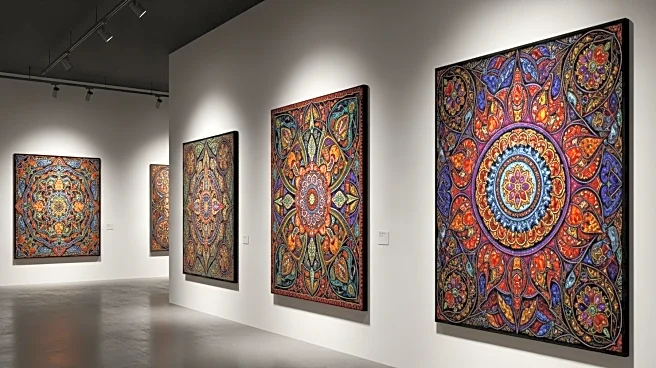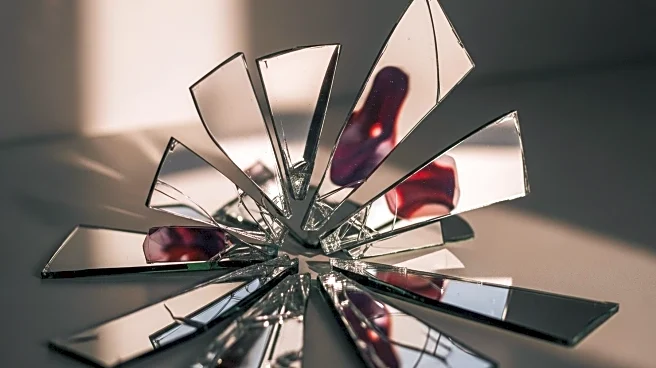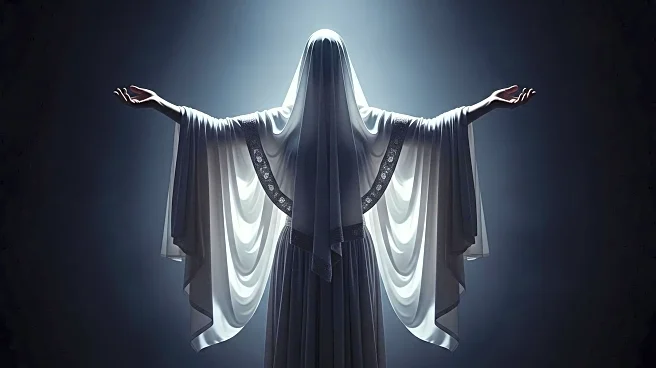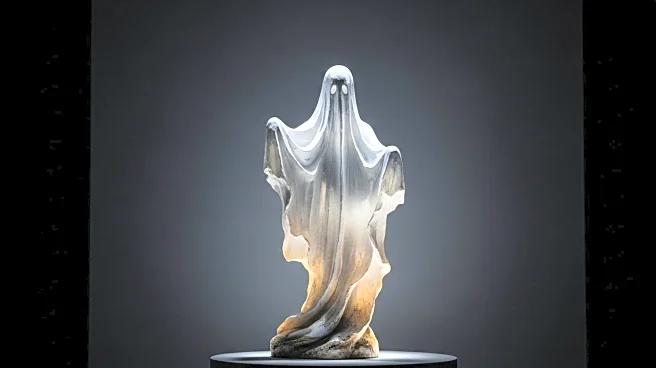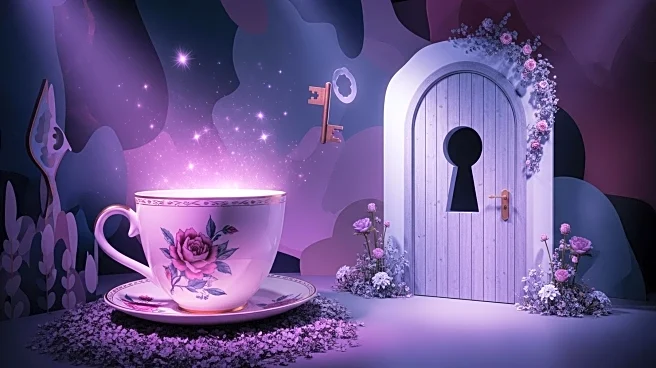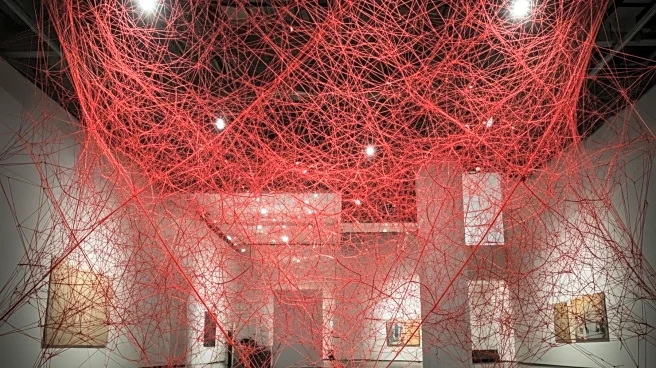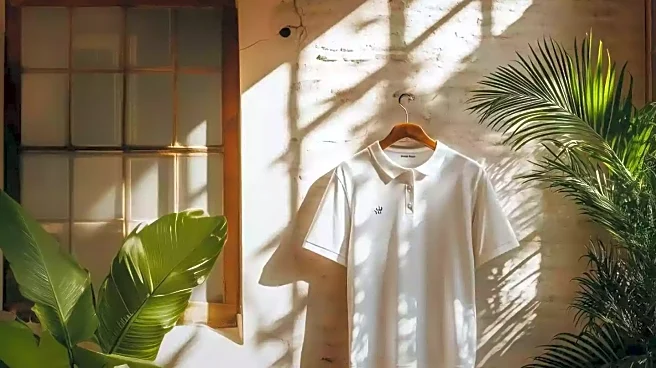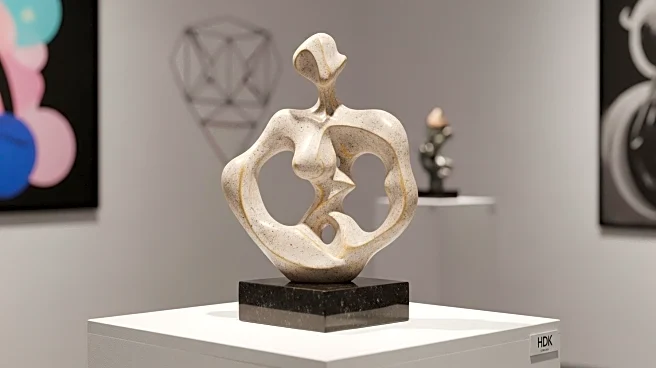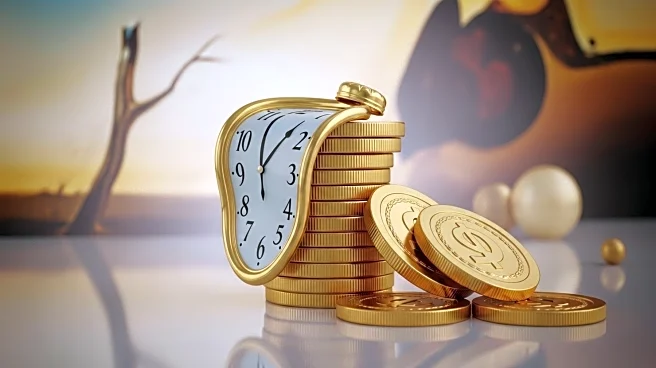Sculpture, as a form of art, has evolved significantly over the centuries, reflecting changes in cultural, social, and technological contexts. From ancient times, when sculptures were primarily religious or commemorative, to
the modern era, where abstract and environmental sculptures have gained prominence, the history of sculpture is rich and varied. The transition from traditional materials like stone and metal to innovative materials and techniques marks a significant shift in the art form.
Ancient Beginnings
Sculpture has its roots in ancient civilizations, where it was used to depict gods, leaders, and significant events. The Egyptians, Greeks, and Romans
were among the earliest cultures to create sculptures, often using stone and bronze. These early works were characterized by their realism and attention to detail, serving both religious and political purposes.
Renaissance Revival
The Renaissance period marked a revival of classical sculpture techniques, with artists like Michelangelo and Donatello pushing the boundaries of realism and expression. This era saw a renewed
interest in human anatomy and proportion, leading to masterpieces that are still celebrated today. The use of marble and bronze continued, but the techniques became more refined.
Modern Innovations
The
20th century brought about a revolution in sculpture, with artists exploring abstract forms and new materials. Influenced by movements like Cubism and Surrealism, sculptors began to experiment with shapes, textures, and concepts. The introduction of materials such as steel, glass, and plastics allowed for greater creativity and expression.
Contemporary Trends
Today, sculpture continues to evolve, with environmental and
installation art gaining popularity. Artists like Louise Nevelson have pioneered these genres, using found objects and large-scale installations to create immersive experiences. The focus has shifted from traditional forms to innovative expressions that challenge perceptions and engage audiences.
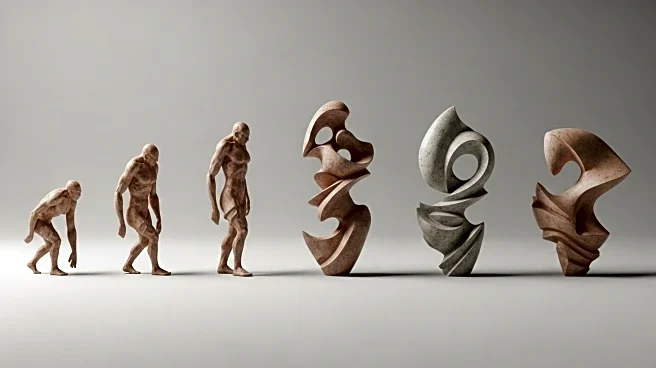
 Discover Daily
Discover Daily 